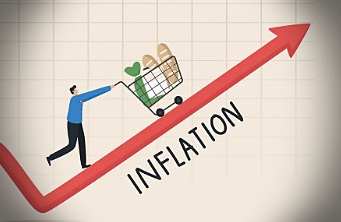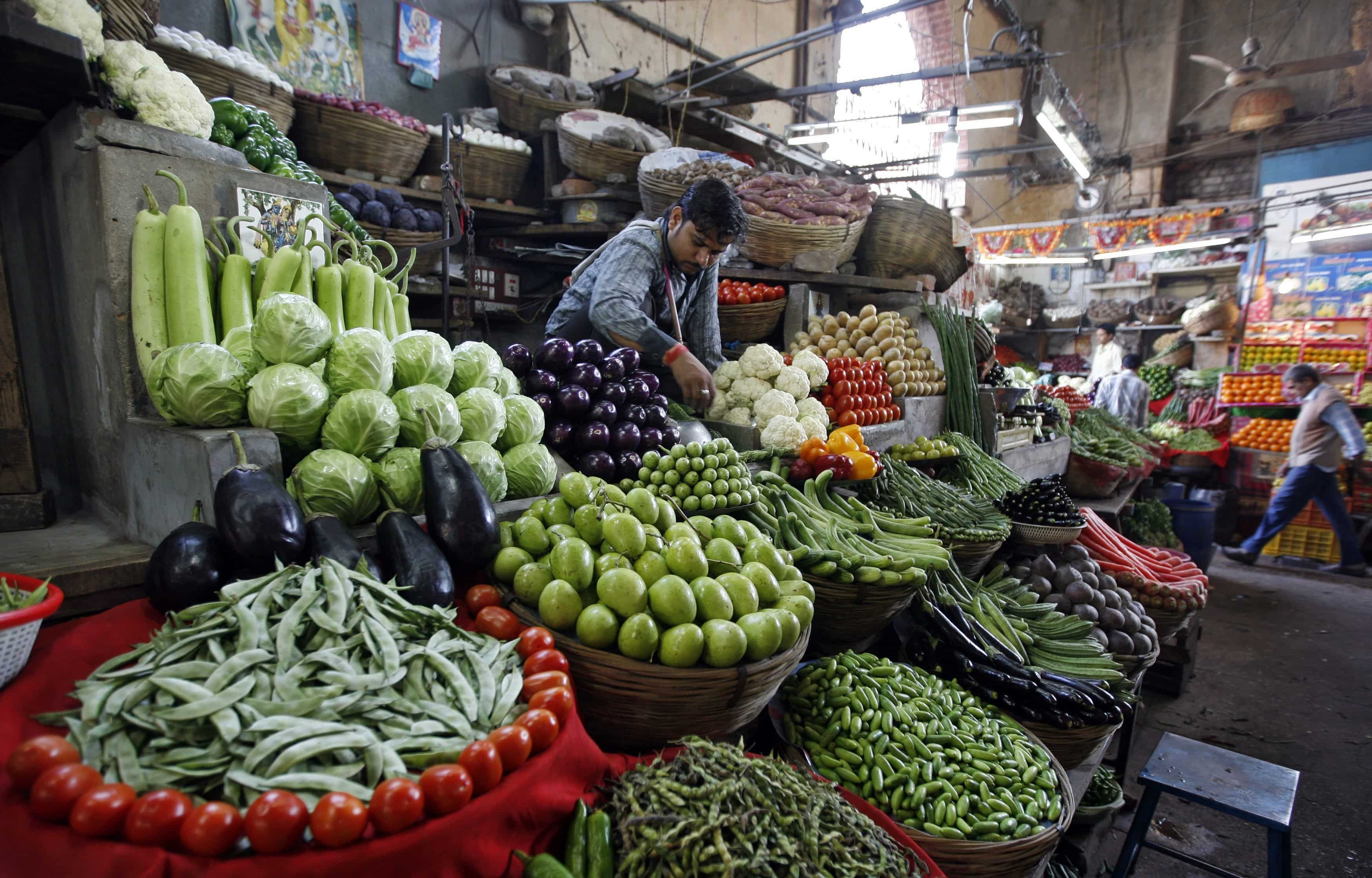Surging Retail Inflation Hits 7.44% in July, Crossing RBI’s Tolerance Threshold

Surging Retail Inflation Hits 7.44% in July, Crossing RBI’s Tolerance Threshold
In a startling turn of events, retail inflation soared to a staggering 7.44% in the month of July, surpassing the Reserve Bank of India’s (RBI) prescribed tolerance limit. This unexpected surge has raised alarm bells among economists, policymakers, and the general populace, as it threatens to destabilize the already delicate economic recovery and impact the cost of living for millions across the nation.
The Gravity of the Situation
Retail inflation, a vital economic indicator that measures the average price change of goods and services over a period, is a key factor influencing household budgets, purchasing power, and monetary policy decisions. The recent jump to 7.44% indicates that the prices of goods and services have risen by that percentage over the past year, significantly outpacing the RBI’s upper tolerance threshold of 6%. This breach is not just a numerical concern but a potential indicator of deeper economic issues.
Factors Behind the Spike
Several factors have converged to give rise to this worrying spike in inflation. Supply chain disruptions caused by the ongoing global pandemic have played a pivotal role, as they continue to impede the smooth flow of goods and services. This has led to a reduced supply of various essential commodities, driving their prices upwards due to the basic principle of supply and demand.
Fuel prices, a notorious driver of inflation, have also risen substantially in recent months. The global surge in crude oil prices, coupled with domestic factors such as taxation and distribution inefficiencies, has contributed to the escalating costs of transportation and production. Since these costs influence a wide range of products, from food to consumer goods, their impact on inflation cannot be overstated.
Furthermore, the delicate balance between demand and supply has been further skewed by the pent-up demand following lockdowns and restrictions. As the economy gradually reopens, consumers are displaying a strong appetite for spending, which, when combined with supply constraints, is pushing prices higher.
Implications for the Economy
The soaring inflation rate bears significant ramifications for the Indian economy, hitting various segments of the population unequally. Low and middle-income households will feel the pinch the most, as the prices of essentials like food, fuel, and healthcare surge. This not only erodes their purchasing power but also impedes progress toward poverty alleviation and social development goals.

From a broader perspective, persistently high inflation can destabilize the economy by reducing consumer confidence and curbing spending. This could lead to a vicious cycle of reduced economic activity, lower business revenues, and potential job losses. Furthermore, it complicates the RBI’s role in managing monetary policy. While the RBI’s primary objective is to maintain price stability, the inflation surge limits its ability to stimulate growth through interest rate cuts.
RBI’s Conundrum
The Reserve Bank of India now finds itself at a crossroads. It has the unenviable task of navigating the delicate balance between curbing inflation and supporting economic growth. Historically, the RBI has used interest rate adjustments as a tool to control inflation. However, the situation is not that simple. While raising interest rates could potentially rein in inflation, it might also dampen economic recovery efforts. Conversely, maintaining or lowering rates to encourage borrowing and spending could risk exacerbating the inflationary pressure.
The Way Forward
Addressing this critical challenge requires a multi-pronged approach that involves a combination of fiscal, monetary, and structural measures. To tackle the supply chain bottlenecks, the government needs to focus on infrastructure development, logistics improvement, and reforms in agriculture and manufacturing sectors. Enhancing production capacities and reducing dependence on imports could aid in stabilizing prices.
The central bank must judiciously evaluate its monetary policy decisions. A well-calibrated approach that takes into account both inflation control and economic revival is imperative. This might involve selective interest rate hikes, liquidity management, and open market operations to influence borrowing costs and credit availability.
Inclusive Policy-making
It’s paramount for policymakers to ensure that the burden of these measures doesn’t fall disproportionately on vulnerable populations. Targeted interventions, social safety nets, and support for low-income households can mitigate the adverse effects of inflation on those least equipped to withstand its impact.
Furthermore, the government and the RBI must prioritize transparent communication. Clear messaging about policy actions, their objectives, and expected outcomes can help manage public expectations and instill confidence in the broader economic strategy.
Conclusion
The breach of the RBI’s tolerance threshold for inflation at 7.44% in July underscores the complex challenges facing the Indian economy. While the immediate concern revolves around stabilizing prices and preventing further erosion of purchasing power, the broader focus must remain on creating a sustainable and inclusive economic environment.
The convergence of global disruptions, supply chain intricacies, and demand dynamics necessitates a well-coordinated response that balances short-term actions with long-term goals. As the nation grapples with this economic conundrum, all eyes are on the policymakers to devise strategies that ensure a stable, prosperous, and equitable future.




